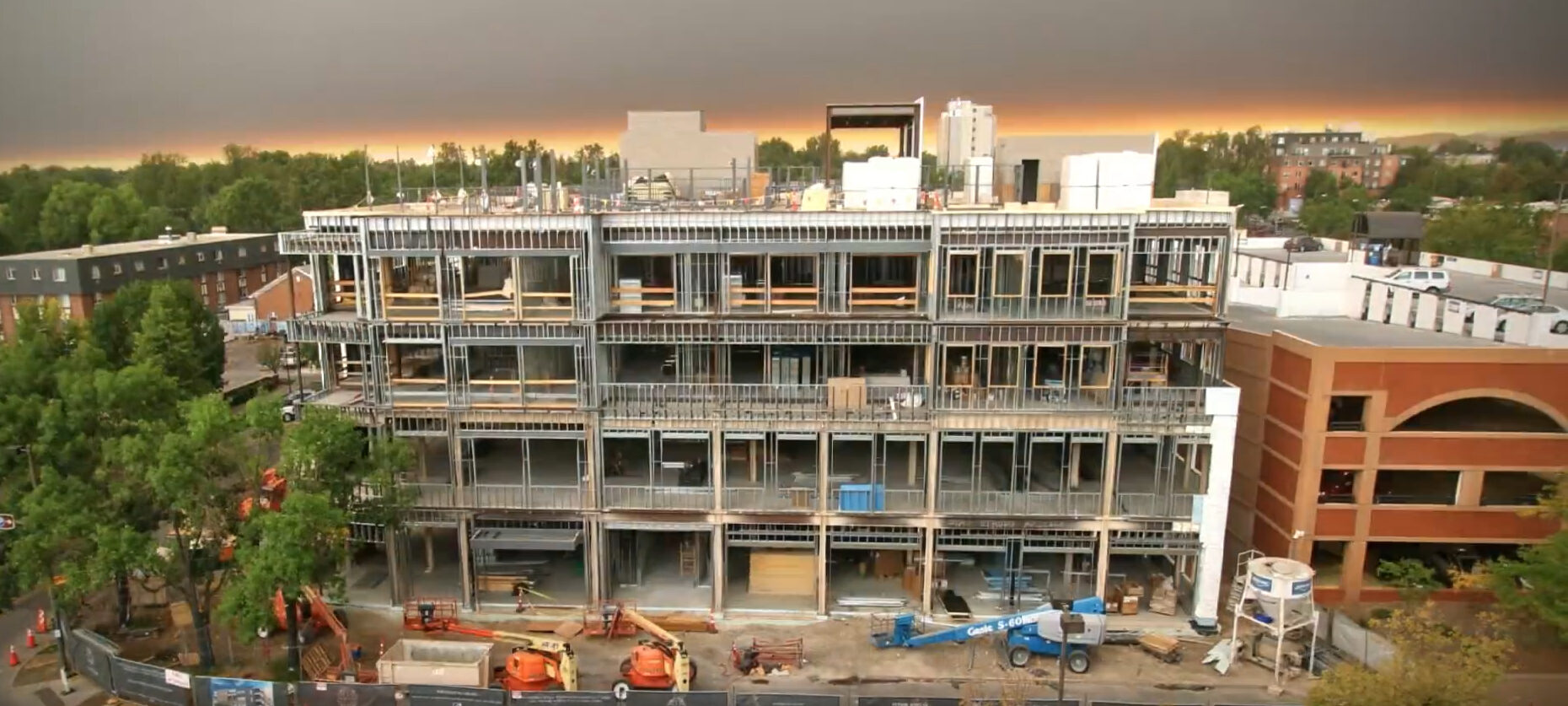
By Tim Jarvey
In the construction world, a construction manager’s role often revolves around a seemingly never-ending barrage of challenges from every conceivable direction. From clients, deliveries, engineering and a sea of subcontractors, the sheer volume of players and information involved across a project’s entire lifecycle is staggering. Each party brings a different perspective and prioritization to the table to achieve the end goal.
While seasoned project teams can orchestrate the build process with aplomb, even the best among them could benefit from streamlined workflow. Unsurprisingly, an estimated 30 percent of time on worksites is spent determining where to source documents and information. We can do better. Especially as real estate development booms emerging from the pandemic, every ounce of efficiency matters. Many are looking to technological advancements to bring construction workflows up to 2022 standards.
Digital Transformation of Workflows
Historically, the construction industry tends to lag in terms of innovation compared to other industries, such as agriculture or manufacturing which are well recognized for the advancements achieved in the past 20 years. While there are many opportunities for construction jobsites to adopt new technology and innovations, one of the most impactful is the digital transformation of workflows. This single but revolutionary shift has far-reaching implications for the future of construction jobsites.
Traditionally, general contractors have been constrained to working from multiple project management platforms. While the industry has seen major benefits from standalone apps, which improve our processes, they have serious integration limitations.
Now, we are seeing real power behind the process when we convert our teams to “a single source of truth,” from which all work flows. With the help of tools like PlanGrid and Autodesk Build, project teams can move entirely away from a paper workflow with all project data housed in one central hub. This ensures that all project team members and subcontractors are working with up-to-the-minute information and the latest documents.
Not only does this have major implications for efficiencies on the jobsite, but it also reduces risk tremendously. We can see project progress and performance at a glance. Machine learning and BI help. our teams identify project risk through capturing key terms in digital reporting to help us identify and mitigate safety and quality risks based on the types of activities happening on our jobsites. By housing all our project data in one place, our project history serves as a roadmap for the journey ahead, helping us nimbly avoid pitfalls we may not have otherwise anticipated.
What’s more, this shift enables general contractors to optimize their interactions with subcontractors, positioning their teams as trade partners rather than external third parties. This drives work plans that are accurate and collaborative in real time. As such, we save clients time and money.
Remote Oversight
Limiting non-essential bodies on the worksite during the pandemic required quick pivots across nearly all construction projects. Critical mass looks different after COVID-19, but some of the pivots made necessary to reduce transmission have actually helped propel industry standards forward.
While many jobsites were already in the process of adopting remote oversight capabilities, the pandemic protocols over the past two years have helped to refine the process into a long-term, ongoing opportunity. Remote inspections via platforms like Open Space with interactive floorplans and 360-degree camera technology boost productivity, mitigate cost to owners, reduce project carbon footprints by lessening travel needs, and empower us to provide real-time answers to questions along the way.
Drones and scanning are other technologies that many in the industry are deploying, to quickly measure
and report work progress.
The tech space is notoriously fast-moving and offers limitless options to advance jobsites. At times, it feels as if there is a new product launched to the market weekly, meant to improve our efficiencies and project safety standards. While it is critical that we stay current with these advancements, we must also be discerning with the technology we adopt on jobsites, as it can become a slippery slope toward investing in the latest products simply because they are trendy.
As our industry works to strike this balance, we must aim for meaningful, holistic solutions that solve needs across the jobsite. Many of these business shifts can help to thrust our industry forward. From an operations perspective, through COVID-19 we have embraced learning and refinement. We have been able to spark collaboration through inspiration, innovation and integration. And this is only the beginning.
Tim Jarvey is a regional safety manager for The Neenan Company, a Colorado-based design-build and development firm that specializes in creating commercial, education, health care and community facilities that generate economic vitality and inspire people to be well, to learn and to lead.









